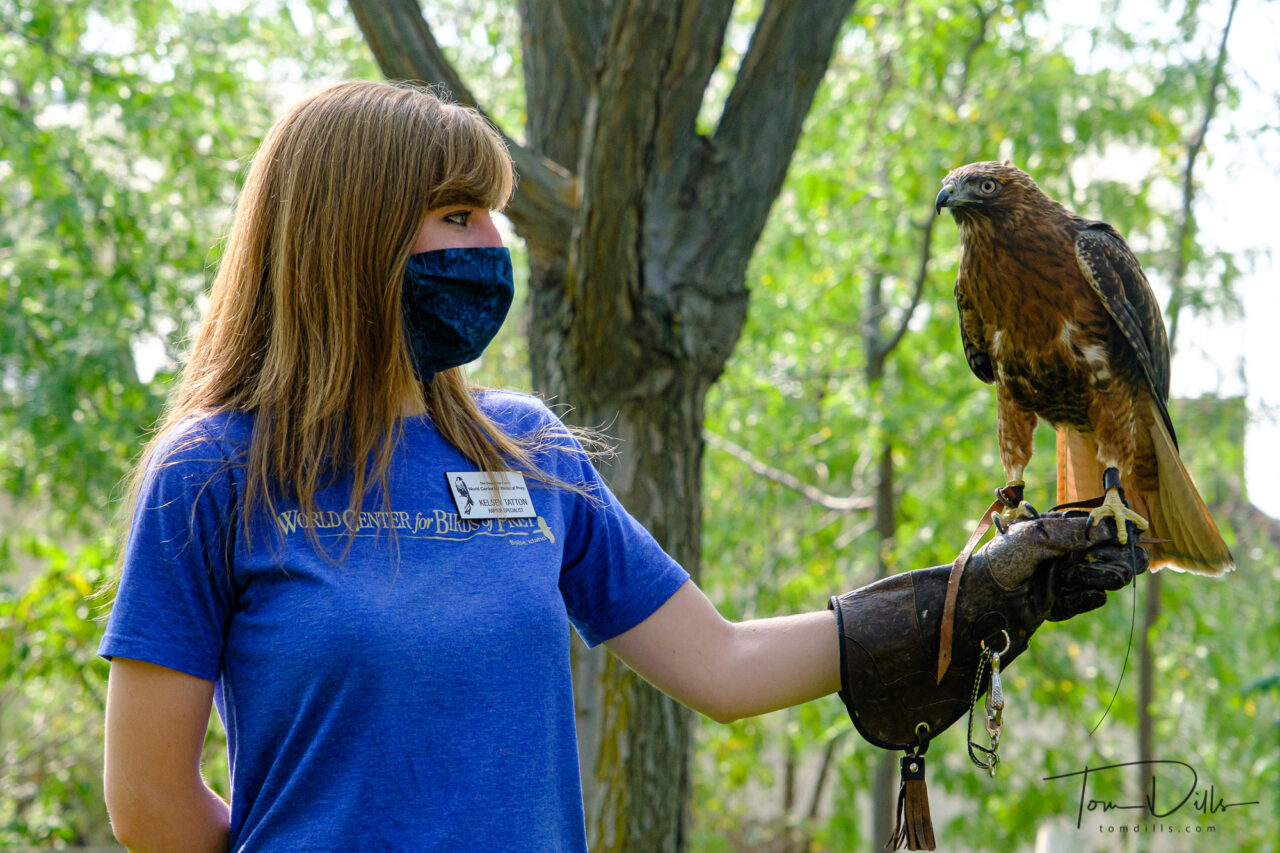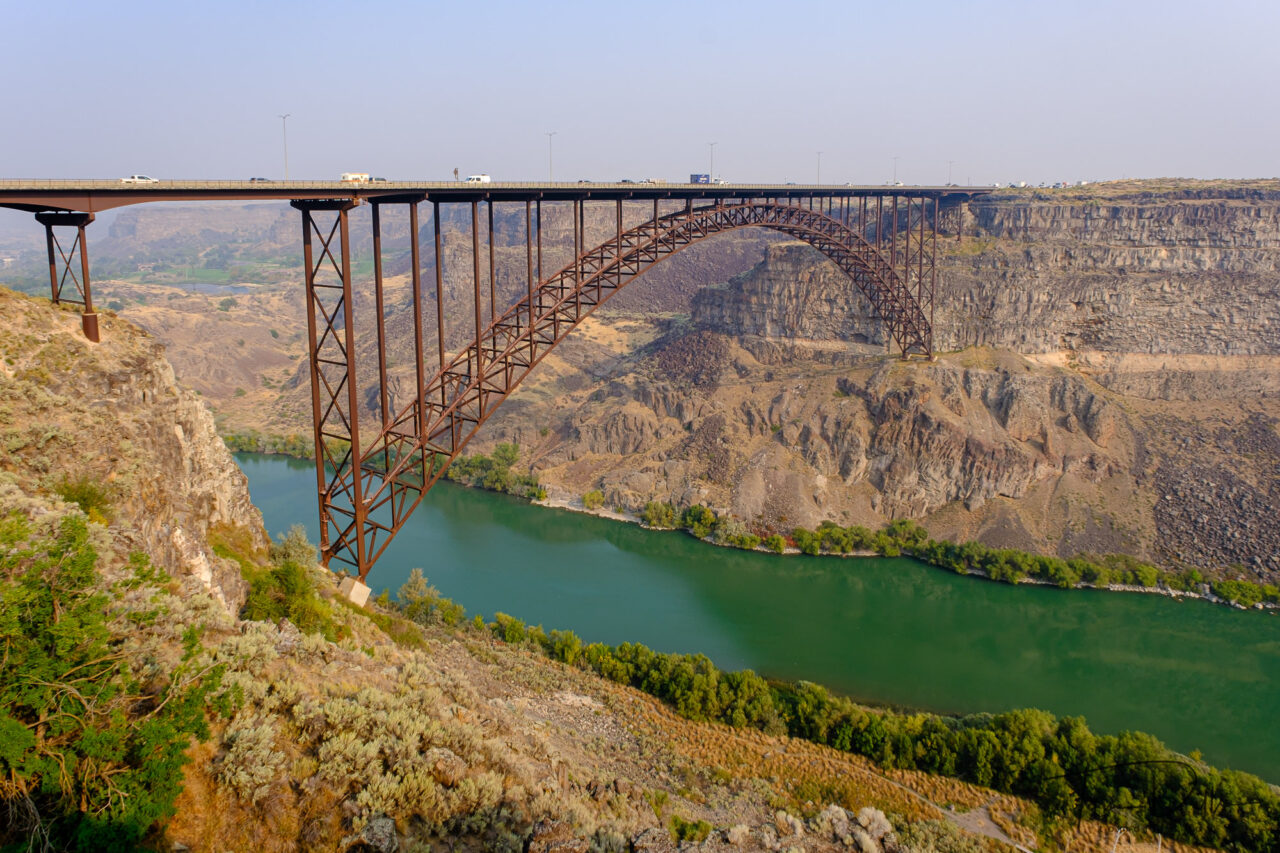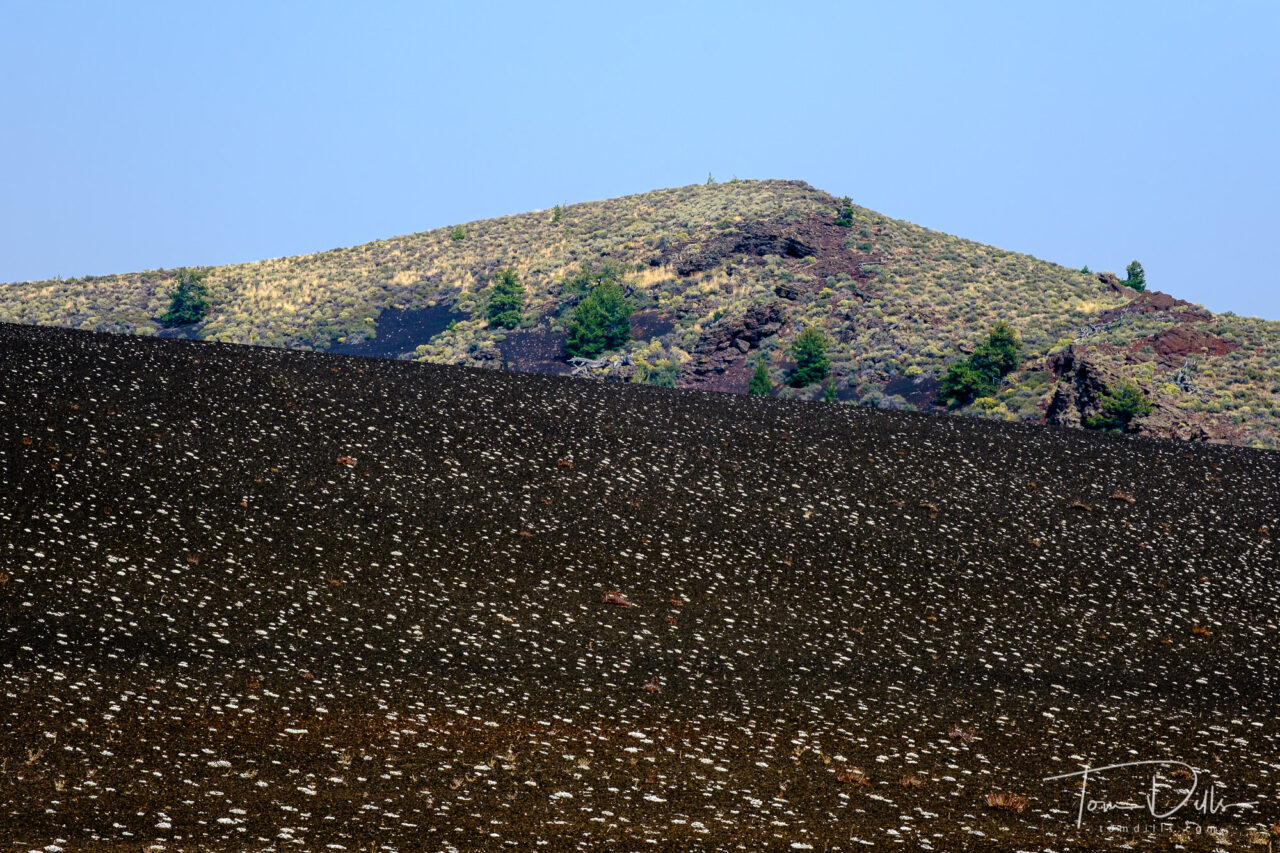
I wasn’t sure what to expect from our visit to Craters of the Moon National Monument in southern Idaho, but I could never have imagined what we saw there. The landscape is covered with fields of lava, from smooth lava domes to fields covered with huge chunks of lava rocks. We didn’t venture too far from the road, but there was plenty to see from just the overlooks.
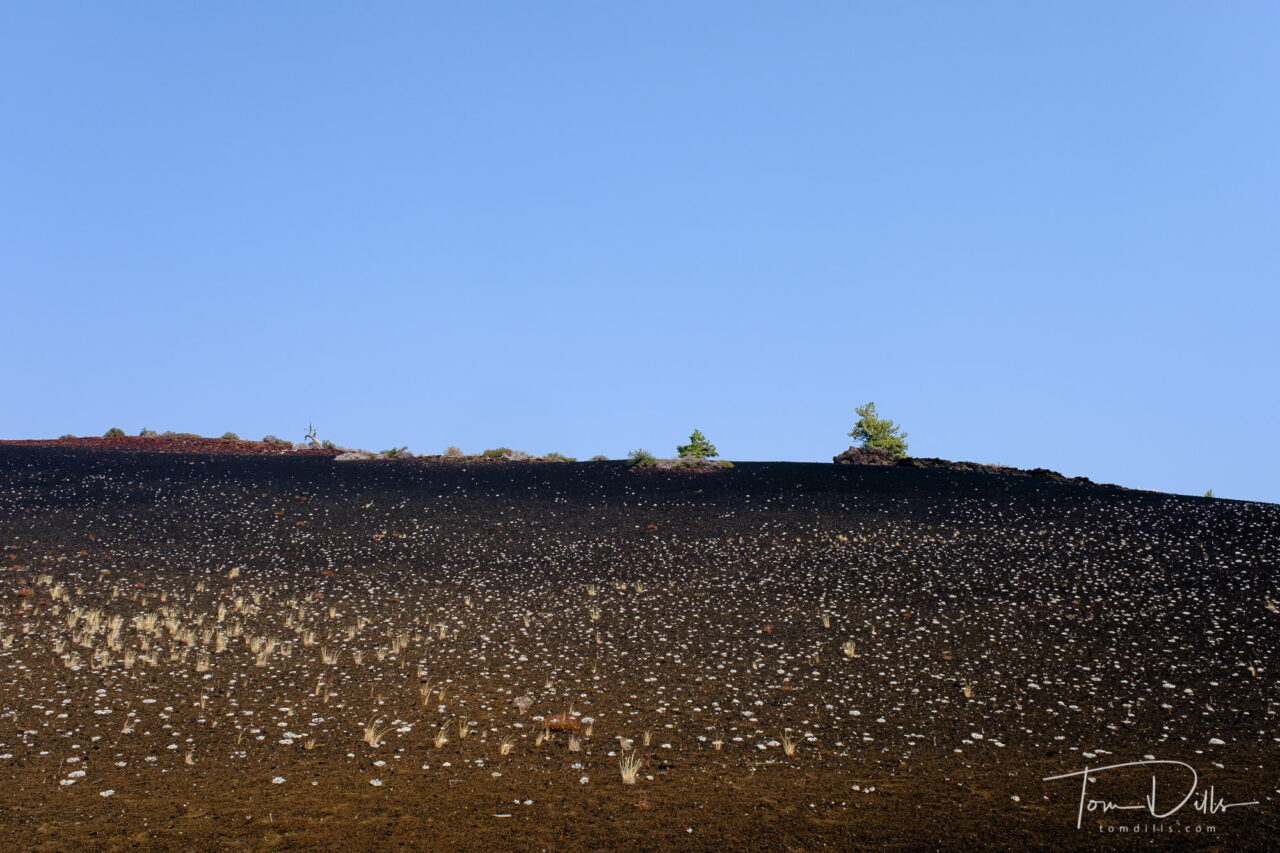
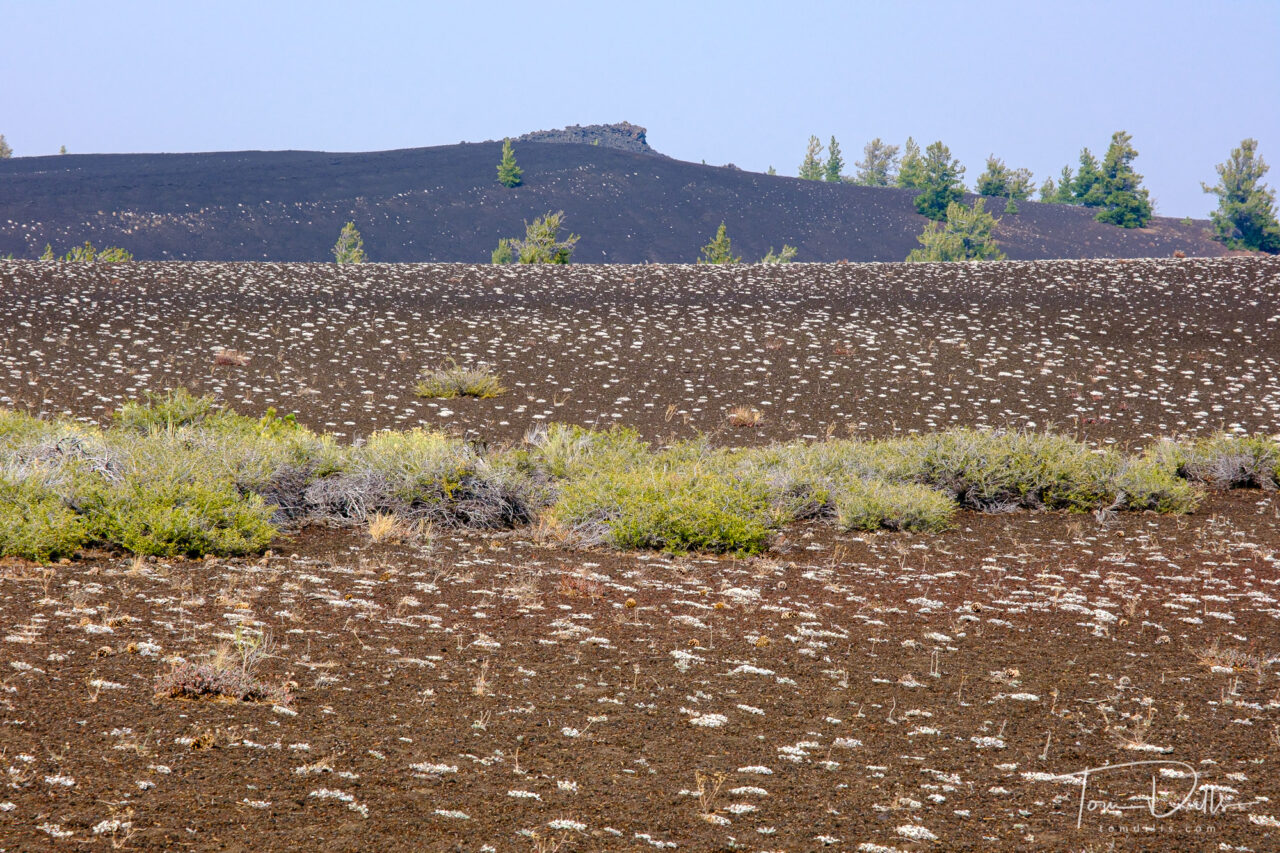
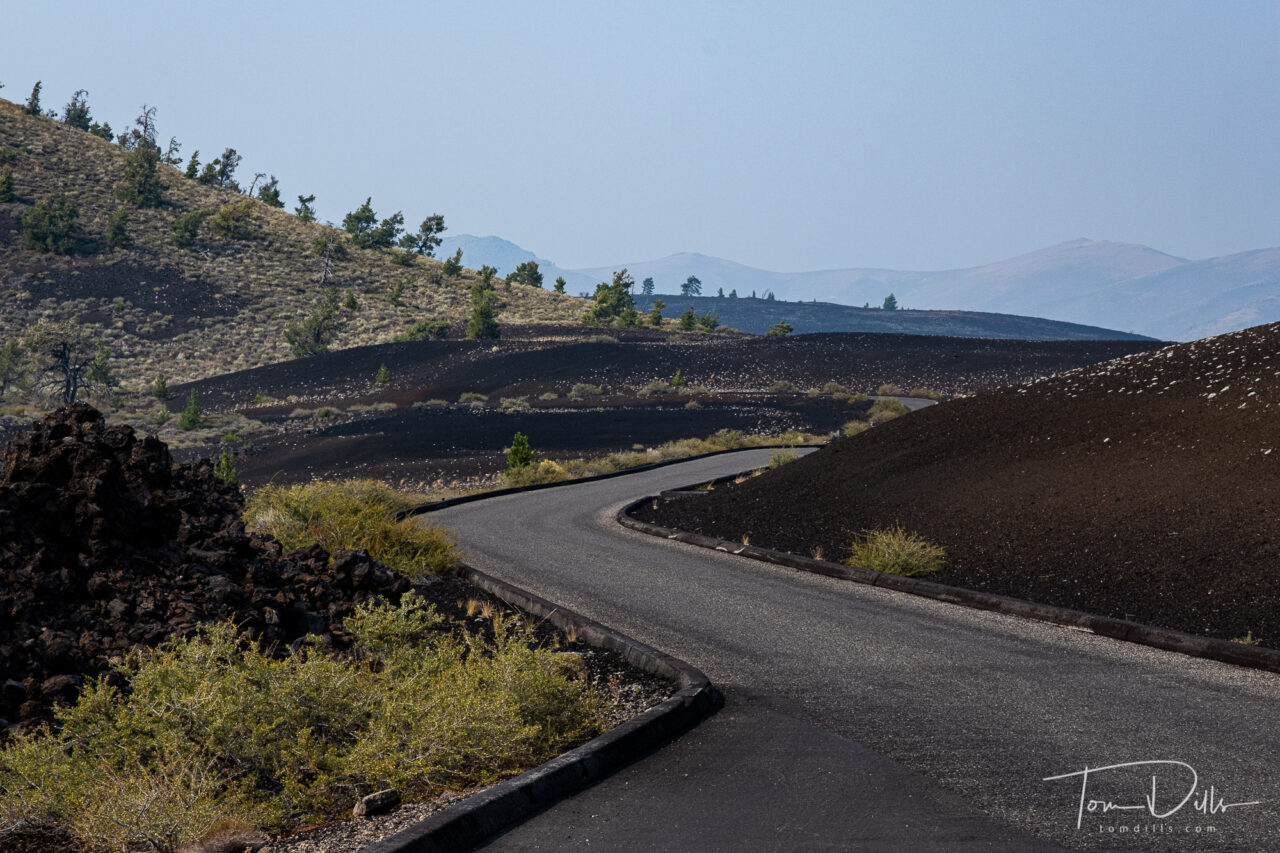
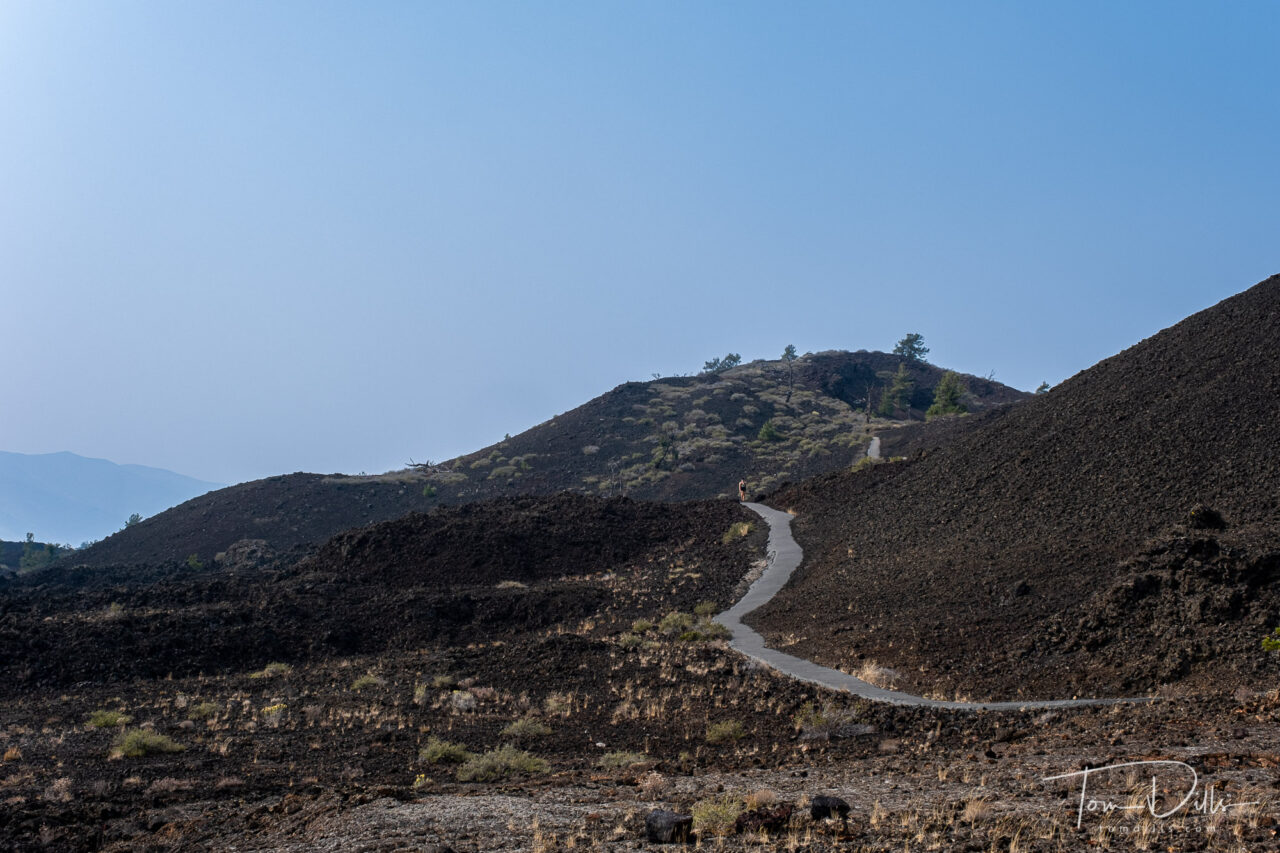
From Wikipedia:
Craters of the Moon National Monument and Preserve is a U.S. national monument and national preserve in the Snake River Plain in central Idaho. It is along US 20 (concurrent with US 93 and US 26), between the small towns of Arco and Carey, at an average elevation of 5,900 feet (1,800 m) above sea level. The protected area’s features are volcanic and represent one of the best-preserved flood basalt areas in the continental United States.
The Monument was established on May 2, 1924. In November 2000, a presidential proclamation by President Clinton greatly expanded the Monument area. The 410,000-acre National Park Service portions of the expanded Monument were designated as Craters of the Moon National Preserve in August 2002. It spreads across Blaine, Butte, Lincoln, Minidoka, and Power counties. The area is managed cooperatively by the National Park Service and the Bureau of Land Management (BLM).
The Monument and Preserve encompass three major lava fields and about 400 square miles of sagebrush steppe grasslands to cover a total area of 1,117 square miles. The Monument alone covers 343,000 acres. All three lava fields lie along the Great Rift of Idaho, with some of the best examples of open rift cracks in the world, including the deepest known on Earth at 800 feet. There are excellent examples of almost every variety of basaltic lava, as well as tree molds (cavities left by lava-incinerated trees), lava tubes (a type of cave), and many other volcanic features.
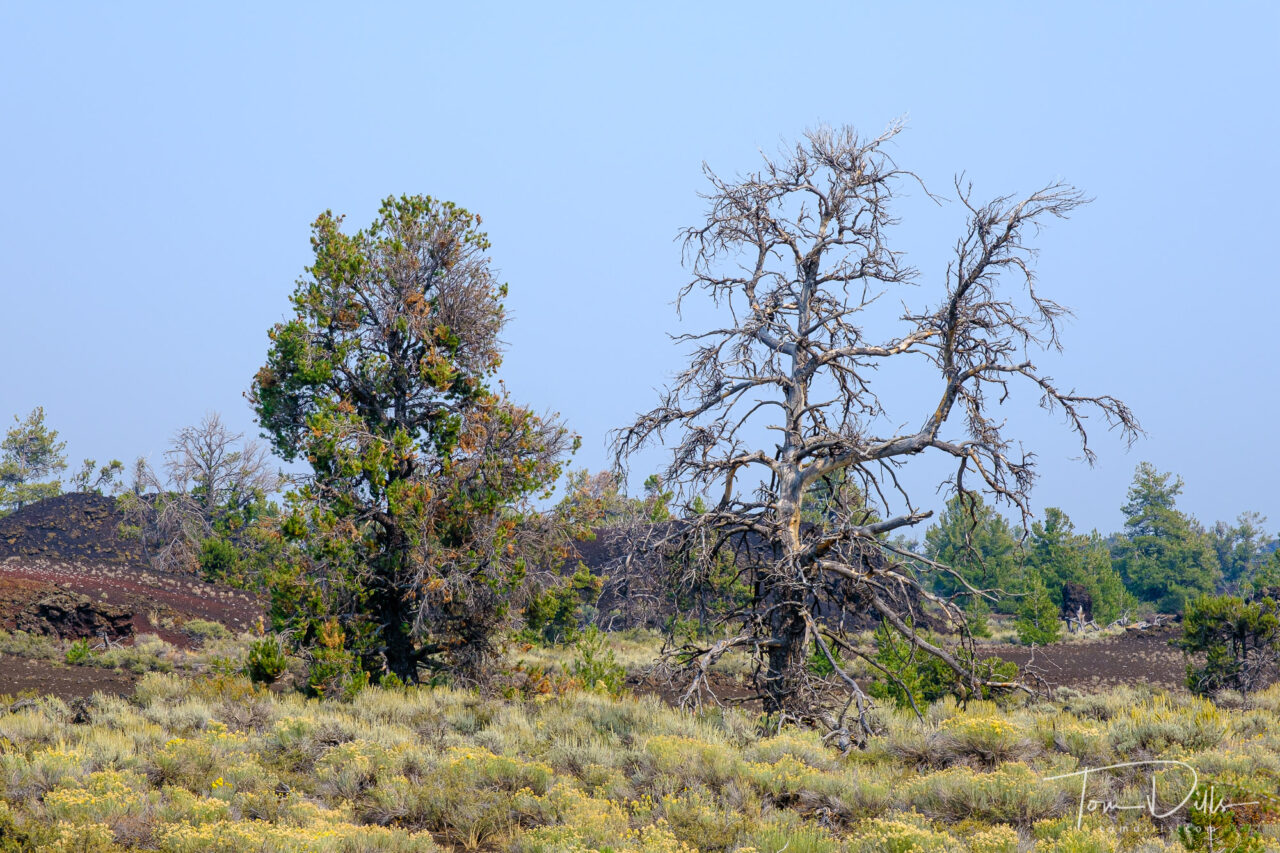
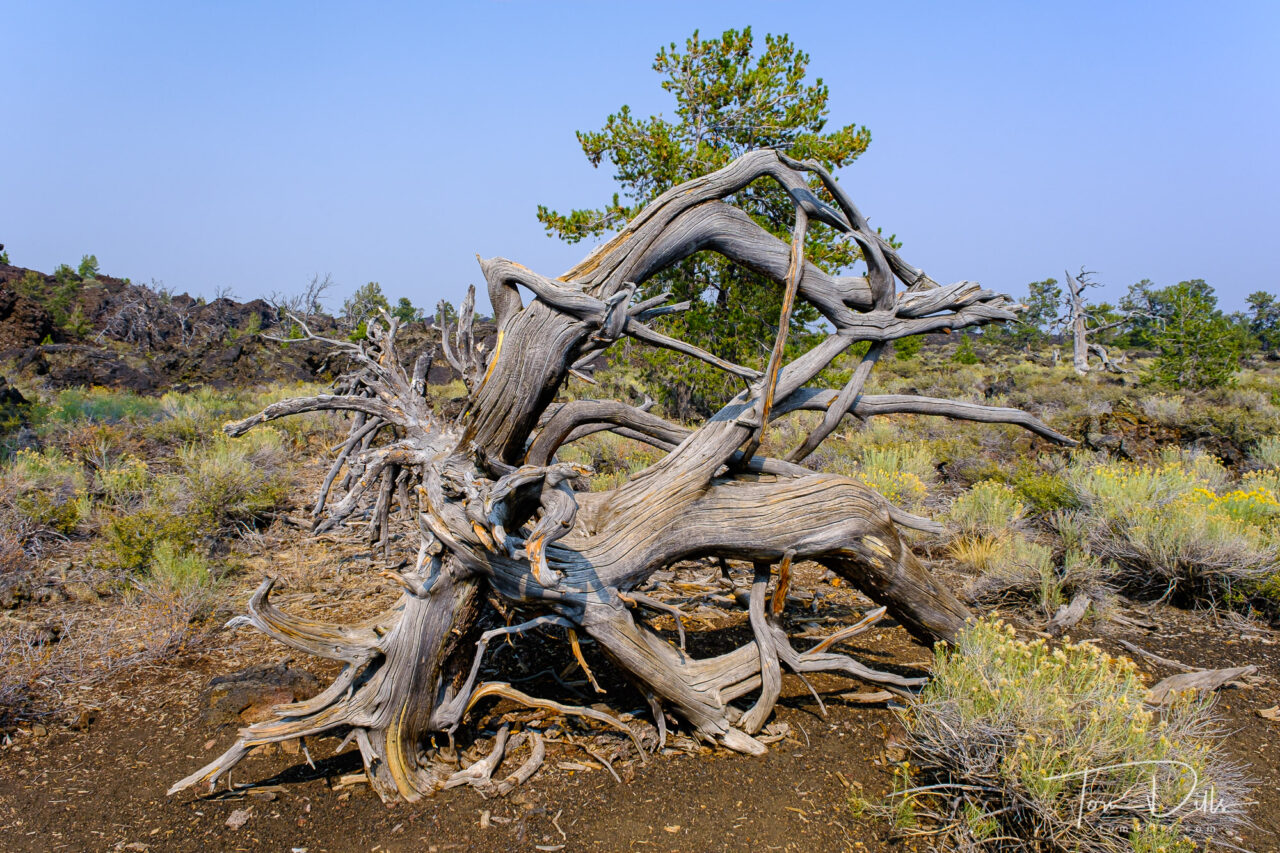
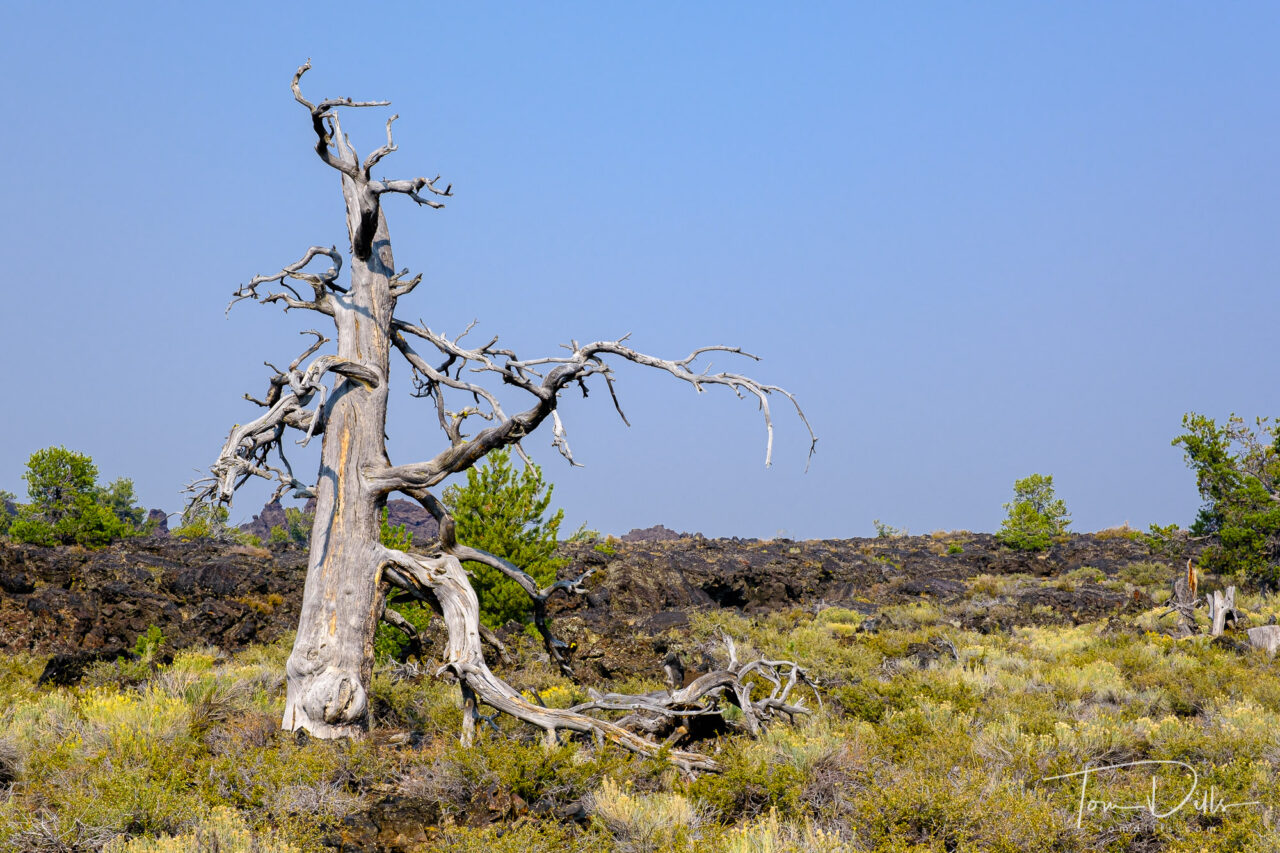
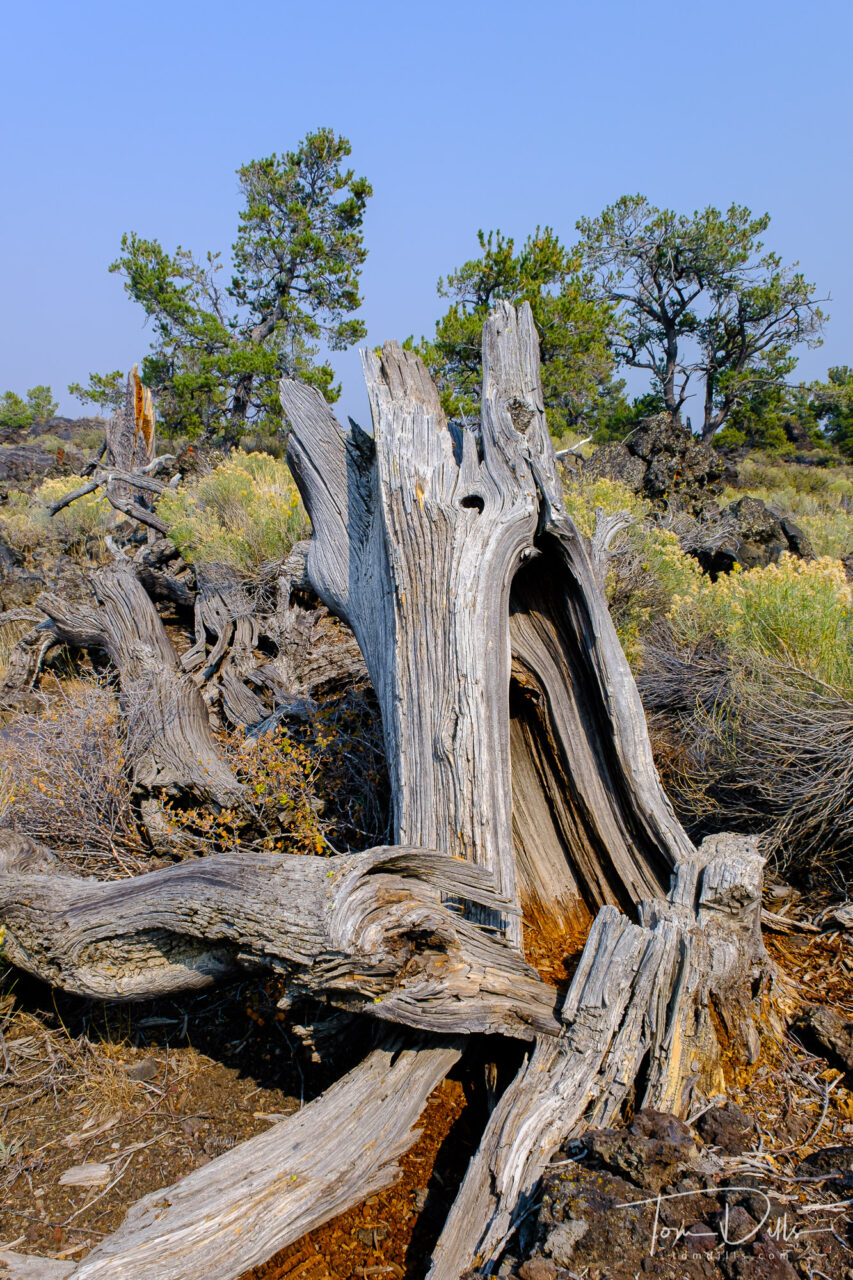
We had a crystal-clear blue sky on the day of our visit, with very little of the haze and smoke that we encountered in Oregon. It made for some challenging photography, although the blue sky is an interested contrast to the dark and mostly colorless lava.
There were several places where there was little or no vegetation, and other places where the ground was covered with various plants growing up from holes and cracks in the lava that had captured more fertile soil over time. Many of the trees are dead, starved of moisture from the overall arid conditions and the inability of the porous lava to hold water. A number of fields were covered in what appeared to be small white flowers, which are in fact small clusters of a form of lichen that grows there.
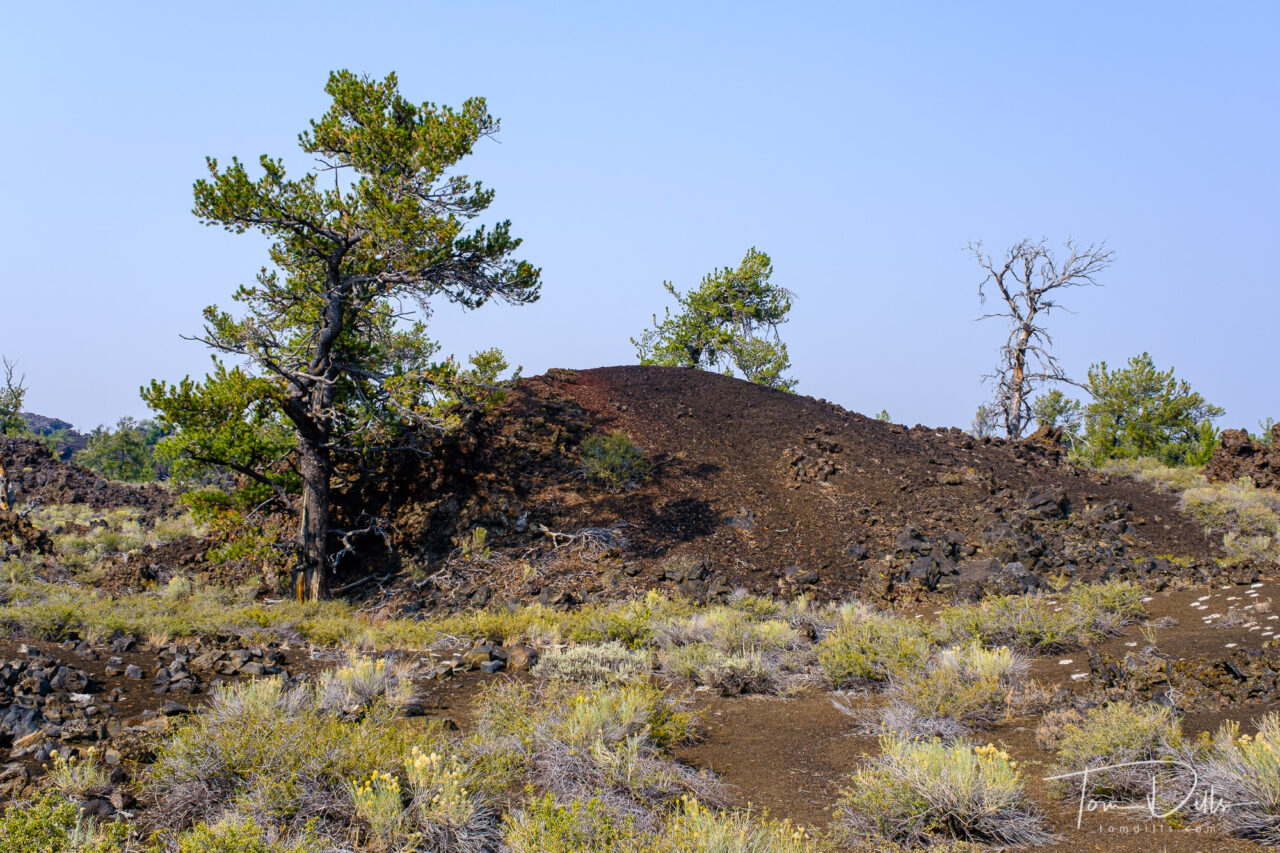
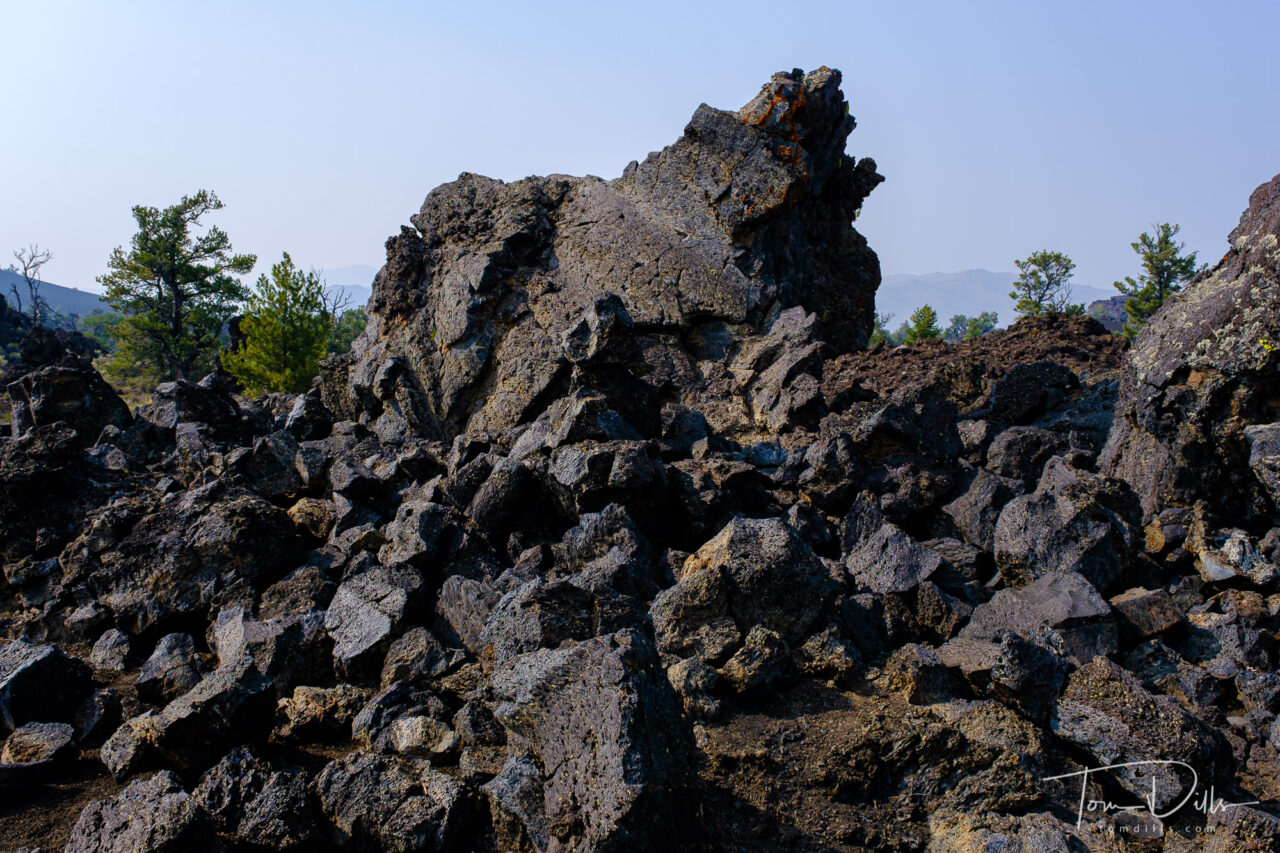
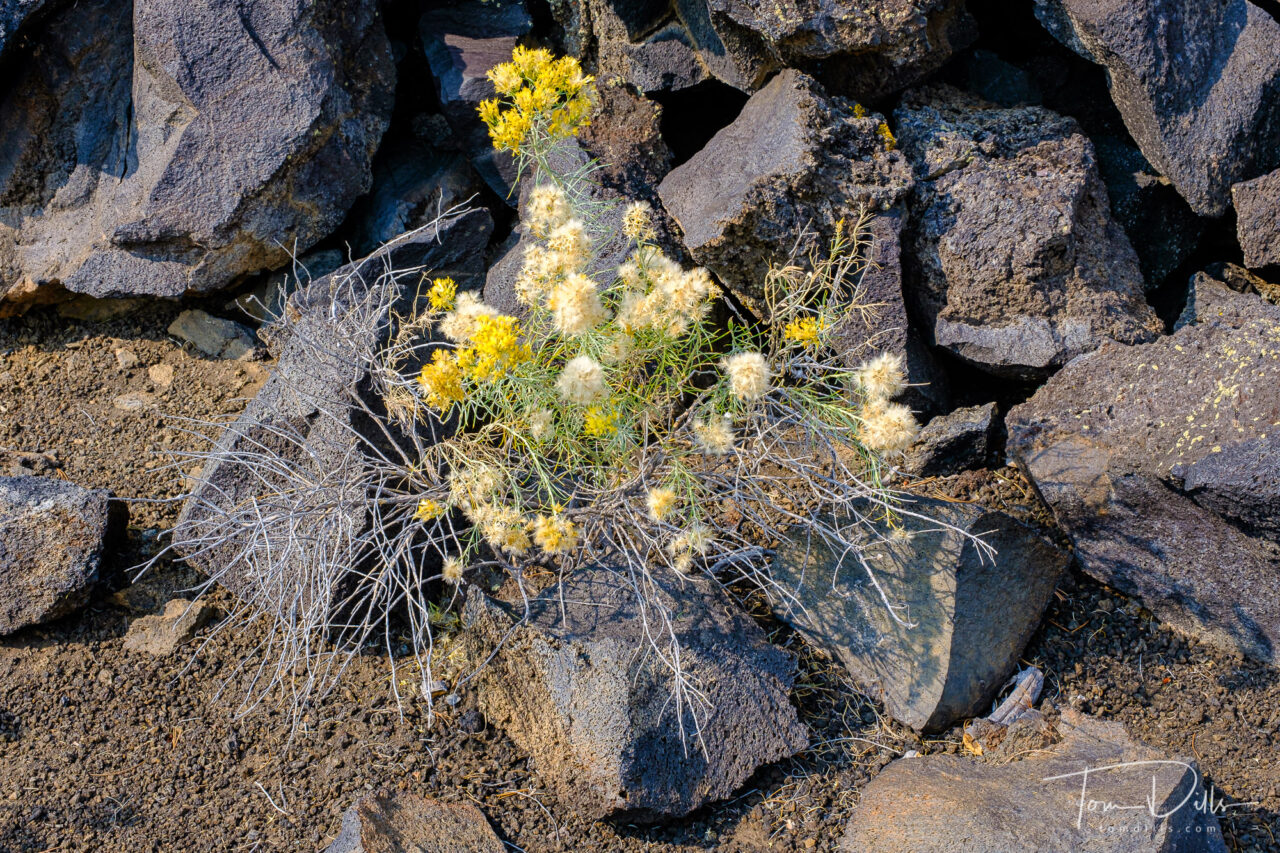
One point of interest is that when I went out to the NPS website for the park, the Current Conditions indicates that the loop road is currently “closed due to snow and ice!” We actually saw some ice in the bottom of some of the lava holes, but up on the surface it was very warm.
I’d heartily recommend Craters of the Moon to anyone looking for an interesting diversion from the usual. It isn’t far from Yellowstone and other western parks, and while it was pretty busy on the day of our visit, we encountered very few people up close.
As I’ve been doing, I have added a photo gallery on my Adobe Portfolio website with more photos for anyone who is interested.

